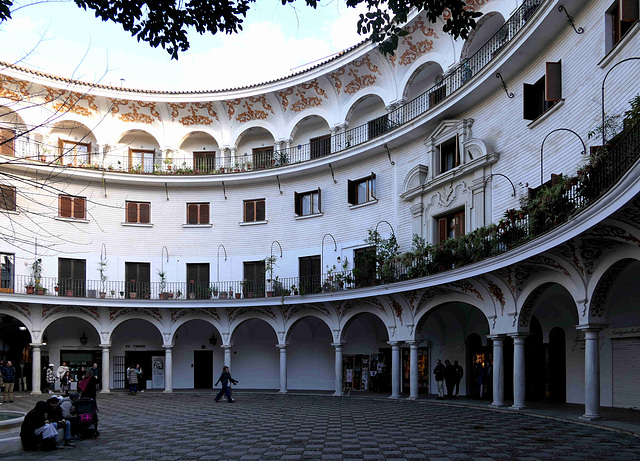Sevilla - Torre del Oro
Sevilla
Santa Olalla del Cala - Cinema Bravo
Jerez de los Caballeros - San Bartolomé
Jerez de los Caballeros - Restaurante Oasis
Jerez de los Caballeros - Restaurante Oasis
Jerez de los Caballeros
Extremadura
Minas de Riotinto - Museo Minero
Minas de Riotinto
Minas de Riotinto
Minas de Riotinto - Bella Vista
Minas de Riotinto - Bella Vista
Minas de Riotinto - Bella Vista
Minas de Riotinto - Bella Vista
Huelva - wasdog
Huelva
Huelva
Huelva - Museo de Huelva
Huelva - Museo de Huelva
Huelva - Museo de Huelva
Huelva - Museo de Huelva
Huelva - Museo de Huelva
Sevilla - Confitería La Campana
Sevilla - Museo De Bellas Artes
Sevilla - Museo De Bellas Artes
Sevilla - Museo De Bellas Artes
Sevilla - Museo De Bellas Artes
Sevilla - Museo De Bellas Artes
Sevilla - Museo De Bellas Artes
Sevilla - Museo De Bellas Artes
Sevilla - Museo De Bellas Artes
Sevilla - Museo De Bellas Artes
Sevilla - Museo De Bellas Artes
Sevilla - Museo De Bellas Artes
Sevilla - Museo De Bellas Artes
Sevilla - Museo De Bellas Artes
Sevilla
Sevilla - Catedral de Santa María de la Sede
Écija - Los Molinos
Écija - Los Molinos
Écija
Écija - Museo Histórico
Écija - Museo Histórico",
Écija - Museo Histórico"
Keywords
Authorizations, license
-
Visible by: Everyone -
All rights reserved
-
35 visits
Sevilla - Plaza del Cabildo


Seville was a Roman "colonia" since 45BC. The important city got looted by the Vandals in 428 and developed into a Bishopric seat under Visigothic rule. After the Moors had defeated the Visigoths in the Battle of Guadalete, the conquered Seville and made it the capital of a province. Normans devastated Seville in 844 but Seville got rebuilt and flourished under the different Moorish dynasties.
In 1248 Seville was conquered by the troops of Ferdinand III of Castile. The emigration of hundredthousands of Moors to Northern Africa led to a decrease of economics in the whole area. Seville recovered in the 16th and 17th century, when it became the hub of Spanish maritime trade. During this period, the port of Seville had a monopoly on overseas trade. Vespucci and Magellan planned and started their voyages here.
The small semicircular Plaza del Cabildo was built in the 20th century on the site of a former Colegio, which belonged to the Cathedral Cabildo (Council).
In 1248 Seville was conquered by the troops of Ferdinand III of Castile. The emigration of hundredthousands of Moors to Northern Africa led to a decrease of economics in the whole area. Seville recovered in the 16th and 17th century, when it became the hub of Spanish maritime trade. During this period, the port of Seville had a monopoly on overseas trade. Vespucci and Magellan planned and started their voyages here.
The small semicircular Plaza del Cabildo was built in the 20th century on the site of a former Colegio, which belonged to the Cathedral Cabildo (Council).
- Keyboard shortcuts:
Jump to top
RSS feed- Latest comments - Subscribe to the comment feeds of this photo
- ipernity © 2007-2025
- Help & Contact
|
Club news
|
About ipernity
|
History |
ipernity Club & Prices |
Guide of good conduct
Donate | Group guidelines | Privacy policy | Terms of use | Statutes | In memoria -
Facebook
Twitter

Sign-in to write a comment.